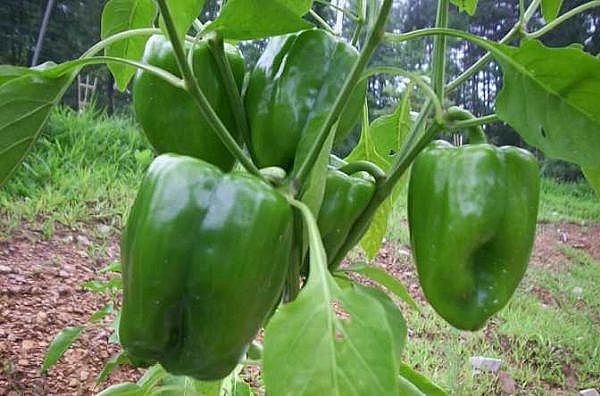By Spy Uganda
You’ve grown your pepper plants from seed or purchased a few healthy starts from your local nursery, and now you’re ready to plant them in your garden or containers. You may be wondering when is the best time to fertilize pepper plants and how often you will need to feed them during the growing season to keep them healthy and strong.
So When Is The Best Time To Start Fertilizing Pepper Plant?
The best time to fertilize bell peppers or hot peppers is two weeks after the first two true leaves appear. Afterward, you can fertilize every two weeks with a half-strength balanced liquid fertilizer during indoor growing. Add fertilizer into the planting location in the form of compost before planting. Once the pepper plants are in the ground, you can begin a fertilizing schedule every two weeks.
The three essential nutrients needed to grow pepper plants in your garden are nitrogen, phosphate, and potassium.
Nitrogen
So, Why Do Pepper Plants Need Nitrogen?
Nitrogen is needed for plants to grow. If your pepper plants don’t have access to enough nitrogen, they’ll be unable to create amino acids and protein, which is why a nitrogen deficiency can cause stunted growth: The plants will not have all the building blocks required to build cells.
If your pepper plants have too much nitrogen, they will continue producing leafy growth at the expense of fruit production.
Some Signs of A Nitrogen Deficiency Include:
Stunted foliage production
Smaller leaves
Lower leaves will turn yellow and possibly fall from the pepper plant
The yellowing leaves spread up the plant
Phosphate
Phosphorus is the nutrient responsible for healthy plant root development, flowering, and fruit production. In addition, phosphorus will help strengthen stalks and stems, improve flowering and seed production and promote early maturity.
A phosphorus deficiency tends to inhibit or prevent shoot growth.
Signs Of Phosphorus Deficiency Include:
Leaves turn dark, dull, blue-green,
Leaves may also become pale
Reddish purple color leaves develop on the older leaves of the plant.
Flower and fruit production is significantly reduced
Potassium
Potassium is essential for the movement of water, nutrients, and carbohydrates in plant tissue.
Typical symptoms of potassium deficiency in a pepper plant include:
When a pepper plant begins presenting with brown scorching and curling of leaf tips, it could be a sign of potassium deficiency
Cholorises (bright yellowing) will appear between the leaf veins.
Purple spots may also appear on the bottom of the leaves.
Caring for pepper plants isn’t difficult, but to get a bumper crop you really need to make sure they are getting all the nutrients they need to thrive. Here are the steps for fertilizing your pepper plants at every stage of their growth:
Seedlings
After the first two true leaves appear, begin fertilizing pepper plants with a half-strength, well-balanced liquid fertilizer every two weeks. Pepper plants grow slowly at first, so be patient and resist the urge to over-fertilize.
Before Planting Outdoors
Before placing bell peppers or hot pepper seedlings outdoors, work some compost into the top 3-4 inches of soil. You can also side-dress throughout the season with more compost.
Bi-weekly Fertilizer
Fertilize your hot peppers and bell pepper plants every two weeks once they are established. A good pepper fertilizer ratio is 15-10-10.
What happens when you over-fertilize pepper plants?
Spots, pale coloring, brown or reddish leaves, and yellowing veins indicate too much fertilizer has been used. Also, look for deformed leaves that have signs of nutrient burn.
If the leaves on your plant are distorted, it could indicate they are not receiving the right amount and mix of nutrients.
To fix over-fertilized peppers, first, hold off on adding any fertilizer to the soil or leaves and drench the soil well to help wash away excess fertilizer. You may need to soak several times, but be careful to spread the watering out, or you risk causing overwatering issues with your pepper plants.





